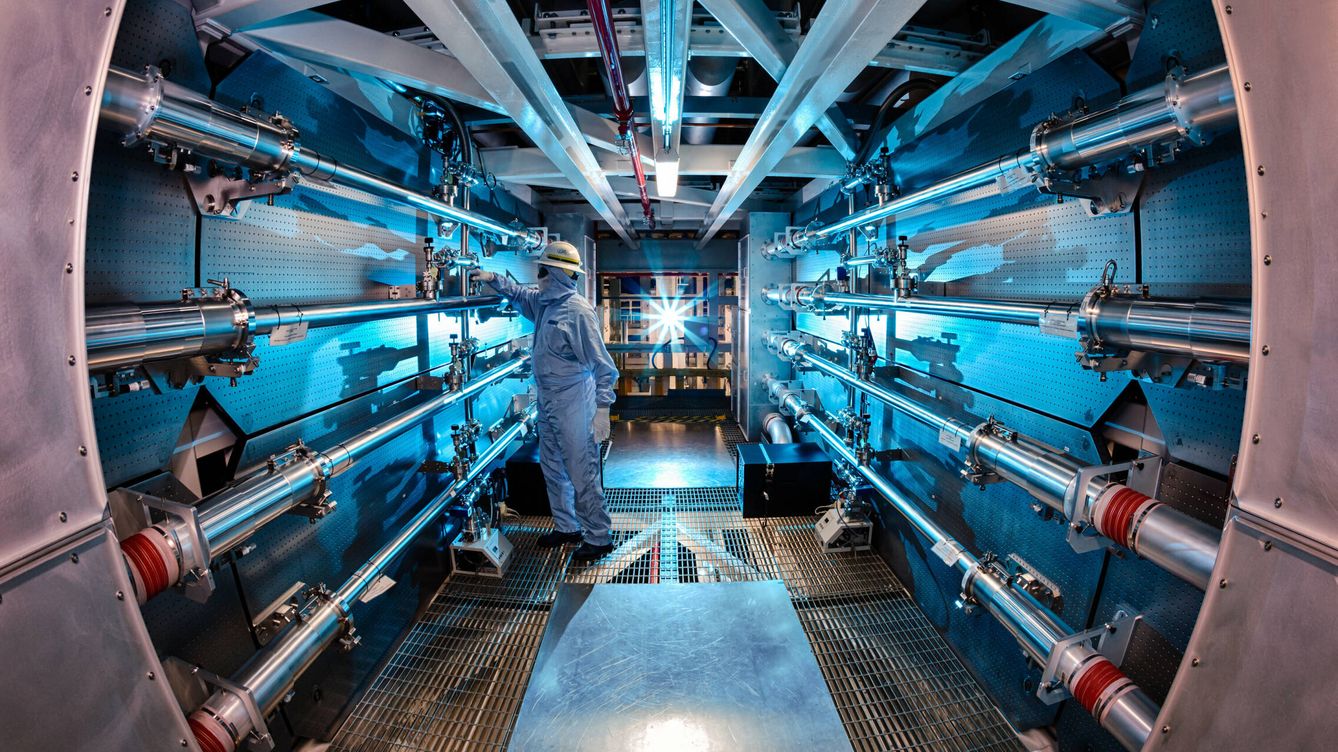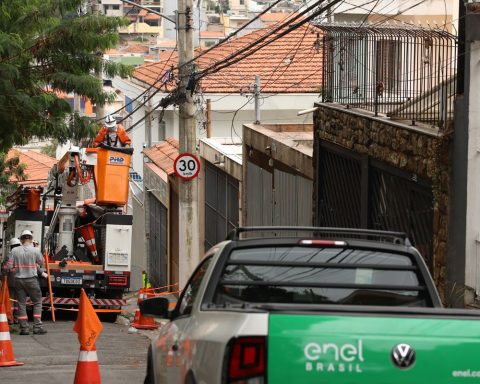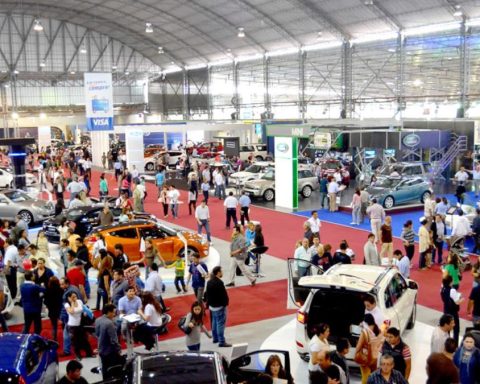The Lawrence Livermore National Laboratory (LLNL), dependent on the US Department of Energy, reported in a tweet that the experiment they had been working on “produced more fusion energy than the laser energy used” to cause the reaction.
The Department of Energy described the finding as a “scientific breakthrough” that will lead to “progress in national defense and the future of clean energy.”
The director of the LLNL, Kim Budil, affirmed that it is “one of the most important scientific challenges ever faced by humanity.”
Scientists have been working for decades to develop nuclear fusion, considered a clean, abundant and safe source of energy that could allow humanity to break its dependence on fossil fuels causing a global climate crisis.
– The energy of the stars –
Fusion differs from nuclear fission, the technique currently used in nuclear power plants that involves breaking the bonds of atomic nuclei to release energy.
Fusion is the reverse process: it involves fusing two light nuclei (hydrogen for example), to create a heavy one (helium), and that also releases energy.
It is the process that occurs in stars like the Sun.
“Controlling the power source of the stars is humanity’s greatest technological challenge,” physicist Arthur Turrell, author of the book “The Star Builders,” wrote on Twitter.
– Different methods –
Fusion is only possible by heating materials to extremely high temperatures, over 100 million degrees Celsius.
“Mechanisms have to be found to isolate this extremely hot matter from everything that could cool it down,” Erik Lefebvre, project manager at the French Atomic Energy Commission (CEA) told AFP.
For decades, scientists have sought to ensure that the energy produced by nuclear fusion exceeds that used to cause the reaction.
According to the Financial Times, this will be announced on Tuesday by the US National Ignition Facility (NIF).
It is about demonstrating that it is possible to obtain a “net energy gain”, a crucial step that many scientists around the world are excited about.
But “the road is still very long” before “a demonstration on an industrial scale and commercially viable”, warns Erik Lefebvre, for whom these projects still require 20 or 30 years of work.
– Why the effort? –
Unlike fission, fusion does not carry the risk of a nuclear accident. If there is a system failure, the reaction simply stops, Lefebvre explains.
In addition, the meltdown produces less radioactive waste than current power plants generate. And it does not produce greenhouse gases.
“It is a totally decarbonised energy source, which generates little waste, and which is intrinsically very safe” for what it would be “a solution for the future for energy problems on a global scale”, sums up Lefebvre.
Due to its state of development, it does not represent an immediate solution to the climate crisis and the need for rapid transition from fossil fuels.
The entrance US scientists announce breakthrough in nuclear fusion was first published on newspaper TODAY.

















